Home>Gardening & Outdoor>Landscaping Ideas>How To Make Bermuda Grass Thicker And Green
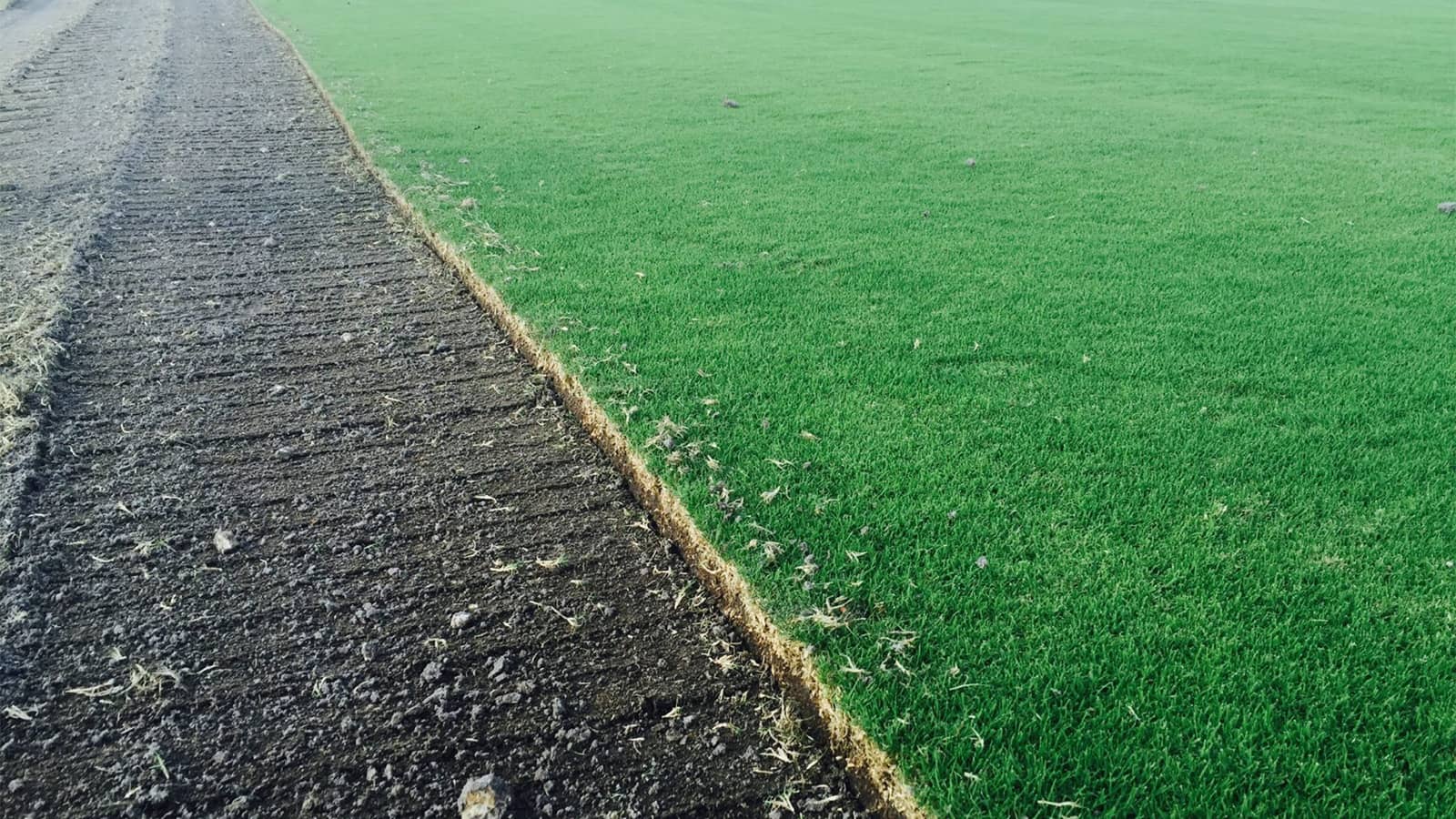

Landscaping Ideas
How To Make Bermuda Grass Thicker And Green
Modified: March 29, 2024
Learn effective landscaping ideas to make your Bermuda grass thicker and greener. Discover expert tips and techniques for a lush, vibrant lawn.
(Many of the links in this article redirect to a specific reviewed product. Your purchase of these products through affiliate links helps to generate commission for Storables.com, at no extra cost. Learn more)
Introduction
Welcome to the wonderful world of landscaping and lawn care, where the vibrant green expanse of a healthy, lush lawn is a sight to behold. If you're a proud Bermuda grass owner, you understand the desire for a thick, vibrant green carpet of grass that enhances the beauty of your outdoor space. Achieving this enviable lawn requires a combination of knowledge, effort, and a touch of creativity. In this comprehensive guide, we'll explore the art and science of making Bermuda grass thicker and greener, providing you with practical insights and expert tips to transform your lawn into a verdant paradise.
Whether you're a seasoned lawn care enthusiast or a newcomer to the world of turf management, this guide is designed to equip you with the essential know-how to elevate the health and appearance of your Bermuda grass. From understanding the unique characteristics of Bermuda grass to implementing proven techniques such as soil preparation, fertilization, watering, mowing, aeration, and overseeding, you'll discover the key steps to nurture your grass to its fullest potential.
So, grab your gardening gloves and let's embark on a journey to unlock the secrets of cultivating a thick, vibrant, and envy-inducing Bermuda grass lawn. With a blend of practical wisdom and a sprinkle of creativity, you'll soon be on your way to enjoying a luxurious carpet of Bermuda grass that beckons bare feet and outdoor gatherings. Let's dive into the fascinating world of Bermuda grass care and unleash the full potential of your outdoor oasis.
Key Takeaways:
- Prepare Bermuda grass soil with the right pH, texture, and organic matter to create a strong foundation for a lush and vibrant lawn.
- Master the art of Bermuda grass care through strategic watering, mowing, aeration, and overseeding to nurture a resilient and envy-inducing lawn.
Read more: How To Make Bermuda Grass Green
Understanding Bermuda Grass
Before delving into the intricacies of enhancing the thickness and greenness of Bermuda grass, it’s essential to grasp the fundamental characteristics of this resilient and versatile turfgrass. Bermuda grass, scientifically known as Cynodon dactylon, is a warm-season grass prized for its exceptional tolerance to heat, drought, and foot traffic. Its fine texture, rapid growth, and remarkable adaptability make it a popular choice for lawns, athletic fields, and golf courses in regions with hot climates.
This grass variety thrives in full sunlight and exhibits robust growth during the warm months, embracing the summer sun with vigor. Its aggressive nature enables it to spread rapidly, forming a dense and resilient turf that can withstand heavy use and recover swiftly from stress. Bermuda grass is celebrated for its remarkable drought resistance, making it an ideal candidate for areas where water conservation is paramount.
Understanding the growth habits and preferences of Bermuda grass is crucial for implementing effective care and maintenance practices. Whether you’re dealing with common Bermuda grass or one of the hybrid varieties, such as Tifway 419 or Celebration, recognizing the growth patterns and unique traits of this grass will empower you to make informed decisions regarding its care.
As we journey deeper into the realm of Bermuda grass care, keep in mind the resilient nature and distinct characteristics of this warm-season grass. By leveraging its inherent strengths and addressing its specific needs, you’ll be well-equipped to nurture a thriving Bermuda grass lawn that beckons with lushness and vibrancy.
Soil Preparation
Creating the optimal foundation for your Bermuda grass to flourish begins with soil preparation. The quality and composition of the soil directly impact the grass’s ability to develop deep roots, access essential nutrients, and maintain robust health. Before embarking on any lawn improvement project, it’s crucial to assess the soil and address any deficiencies that may hinder the grass’s growth.
Start by conducting a soil test to evaluate its pH level and nutrient content. This valuable insight will guide your soil amendment efforts, allowing you to tailor the soil conditions to suit Bermuda grass’s preferences. Typically, Bermuda grass thrives in slightly acidic soil with a pH range of 6.0 to 7.0. If the soil test reveals a pH imbalance, you can adjust it by incorporating lime to raise the pH or elemental sulfur to lower it, thereby creating an environment conducive to Bermuda grass’s vitality.
Once the pH level is optimized, focus on enhancing the soil’s texture and structure. Loosening compacted soil through aeration promotes better air and water penetration, fostering an environment where Bermuda grass roots can thrive. Consider aerating the soil using a core aerator to alleviate compaction and stimulate healthy root development.
Furthermore, amending the soil with organic matter, such as compost or well-decomposed manure, enriches its fertility and improves moisture retention. This organic amendment contributes to the development of a nutrient-rich soil ecosystem, providing a favorable environment for Bermuda grass to establish a robust root system and thrive.
By diligently preparing the soil to meet Bermuda grass’s specific requirements, you lay the groundwork for a resilient and vibrant lawn. The investment of time and effort in soil preparation sets the stage for the lush, green expanse of Bermuda grass that awaits, ensuring that your lawn flourishes with vitality and beauty.
Fertilization
Fertilization plays a pivotal role in nurturing Bermuda grass to achieve a luxuriant and verdant appearance. By supplying essential nutrients in the right proportions, you can fortify the grass with the sustenance it needs to thrive and exhibit robust growth. Understanding the nuances of fertilization and tailoring your approach to suit Bermuda grass’s requirements is key to fostering a healthy and vibrant lawn.
Before applying fertilizer, it’s beneficial to conduct a soil test to assess the nutrient levels and identify any deficiencies. This analysis guides the selection of a suitable fertilizer and enables you to customize the application to address the specific needs of your Bermuda grass. Look for a high-quality, balanced fertilizer formulated for Bermuda grass, with a nitrogen-phosphorus-potassium (N-P-K) ratio tailored to its growth patterns and seasonal demands.
During the active growing season, Bermuda grass benefits from regular fertilization to sustain its vigor and lushness. Applying a nitrogen-rich fertilizer every 4 to 6 weeks during the growing season provides the grass with the vital nutrients it requires to maintain a vibrant green hue and vigorous growth. However, it’s important to avoid over-fertilization, as this can lead to excessive foliage growth at the expense of root development, making the grass more susceptible to stress and damage.
When applying fertilizer, ensure even distribution across the lawn to promote uniform growth and color. Water the lawn thoroughly after fertilization to facilitate nutrient absorption and prevent potential burn from concentrated fertilizer granules. Additionally, consider using a slow-release fertilizer to provide a steady, long-term nutrient supply, reducing the frequency of applications while sustaining the grass’s health and vibrancy.
By embracing a targeted and informed approach to fertilization, you can harness the power of nutrients to invigorate your Bermuda grass, nurturing a dense, vibrant carpet that exudes vitality and beauty. With a well-executed fertilization regimen, your lawn will flourish with the lushness and resilience characteristic of a thriving Bermuda grass expanse.
Watering
Proper watering is a cornerstone of Bermuda grass care, wielding a profound influence on its health, vibrancy, and resilience. By mastering the art of watering, you can bestow your Bermuda grass with the hydration it craves, fostering a verdant and robust lawn that captivates with its lushness and vitality.
Understanding the watering needs of Bermuda grass entails striking a delicate balance, providing adequate moisture while preventing overwatering, which can invite disease and compromise the grass’s resilience. During the active growing season, Bermuda grass typically benefits from deep, infrequent watering sessions that encourage the development of deep roots, enhancing its ability to withstand drought and stress.
When establishing a watering schedule, aim to deliver approximately 1 to 1.5 inches of water per week, either through rainfall or irrigation. To promote deep root growth, consider irrigating the grass deeply, allowing the water to penetrate the soil to a depth of 6 to 8 inches. This encourages the roots to extend downward, enhancing the grass’s resilience and ability to access moisture during dry spells.
Furthermore, the timing of watering plays a crucial role in optimizing its effectiveness. Watering in the early morning allows the grass to dry swiftly, reducing the risk of disease development and ensuring that the foliage remains dry overnight, which is conducive to its health. Avoid watering in the evening, as prolonged moisture on the grass can create a favorable environment for fungal growth and other issues.
During periods of drought or heat stress, it may be necessary to adjust the watering frequency to support the grass’s vitality. Keep a watchful eye on the grass for signs of wilting or discoloration, as these indicators may signal the need for supplemental irrigation to sustain its health and vibrancy.
By embracing a mindful and informed approach to watering, you empower your Bermuda grass to thrive with resilience and lushness, creating an inviting and vibrant lawn that beckons with its beauty and vitality. With attentive watering practices, your Bermuda grass will flourish as a testament to the nurturing care it receives.
Fertilize Bermuda grass with a high-nitrogen fertilizer in the spring and summer to promote thick, green growth. Water deeply and infrequently to encourage deep root growth.
Read more: How To Get Green Bermuda Grass
Mowing
Mastering the art of mowing is a fundamental aspect of Bermuda grass care, wielding a profound impact on its appearance, resilience, and overall health. By adopting a strategic and informed approach to mowing, you can elevate your Bermuda grass lawn to showcase a lush, manicured expanse that exudes vibrancy and vitality.
When it comes to mowing Bermuda grass, understanding the optimal mowing height and frequency is essential for promoting its vigor and lushness. Bermuda grass thrives when maintained at a height of around 1 to 1.5 inches, embracing a shorter stature that encourages dense growth and a carpet-like appearance. Regular mowing, typically on a weekly basis during the active growing season, helps to control thatch buildup and promotes a neat, uniform appearance.
It’s crucial to adhere to the one-third rule when mowing Bermuda grass, ensuring that no more than one-third of the grass blade’s height is removed in a single mowing session. This gentle approach prevents stress on the grass and fosters healthy growth, contributing to the development of a dense and resilient turf that captivates with its lushness.
Equally important is the maintenance of sharp mower blades, as dull blades can tear the grass rather than cleanly cutting it, leading to a ragged appearance and increased susceptibility to stress and disease. Regular blade sharpening or replacement ensures that each mowing session results in clean, precise cuts that promote the grass’s health and aesthetics.
Furthermore, vary the mowing direction with each session to prevent the grass from developing a grain pattern and encourage upright growth. This practice contributes to a more uniform and aesthetically pleasing lawn, showcasing the vibrant green expanse of Bermuda grass in all its splendor.
By embracing a strategic and attentive approach to mowing, you empower your Bermuda grass to flourish with lushness and resilience, creating an inviting and vibrant lawn that beckons with its beauty and vitality. With mindful mowing practices, your Bermuda grass will thrive as a testament to the nurturing care it receives.
Aeration
Aeration stands as a vital practice in the care regimen for Bermuda grass, offering a transformative impact on its health, vigor, and overall resilience. By embracing the practice of aeration, you can invigorate your Bermuda grass lawn, fostering a robust and vibrant expanse that captivates with its lushness and vitality.
The process of aeration involves perforating the soil with small holes to alleviate compaction and enhance air, water, and nutrient penetration to the grass’s root zone. Bermuda grass, like many turfgrasses, benefits significantly from aeration, which promotes healthy root development and overall vigor.
When devising an aeration strategy, consider the use of a core aerator to extract small plugs of soil from the lawn, creating channels for enhanced air and water movement. This process mitigates soil compaction, a common issue that impedes the grass’s ability to access essential resources and develop a robust root system.
Typically, Bermuda grass lawns benefit from aeration during the active growing season, allowing the grass to capitalize on the enhanced soil conditions and maximize the benefits of aeration. Aim to aerate the lawn when the soil is moderately moist, as excessively dry or wet soil may hinder the efficacy of the process.
Following aeration, consider topdressing the lawn with a thin layer of compost to further enrich the soil and promote a healthy, vibrant turf. This organic amendment contributes to the development of a nutrient-rich soil ecosystem, providing an ideal environment for Bermuda grass to establish a robust root system and thrive.
By integrating aeration into your Bermuda grass care routine, you empower the grass to flourish with resilience and lushness, creating an inviting and vibrant lawn that beckons with its beauty and vitality. With thoughtful aeration practices, your Bermuda grass will thrive as a testament to the nurturing care it receives.
Overseeding
Embracing the practice of overseeding is a transformative strategy in nurturing a thick, vibrant, and resilient Bermuda grass lawn. By strategically introducing new grass seed to an existing lawn, you can revitalize the turf, fill in sparse areas, and bolster its lushness and vibrancy, ultimately creating a captivating expanse that beckons with its beauty and vitality.
Over time, Bermuda grass lawns may exhibit thinning areas, bare patches, or signs of wear due to foot traffic or environmental stress. Overseeding presents an opportunity to rejuvenate the lawn, infusing it with fresh growth and enhancing its density and resilience. This process is particularly beneficial for maintaining a consistently lush and vibrant lawn, ensuring that your Bermuda grass remains a stunning focal point of your outdoor space.
Prior to overseeding, assess the lawn to identify areas that would benefit from additional grass coverage. Prepare the soil by dethatching or aerating to create a conducive environment for seed germination and establishment. Loosening the soil and addressing any underlying compaction promotes better seed-to-soil contact and facilitates the development of robust roots.
Select a high-quality Bermuda grass seed blend suited to your region and climate, ensuring that it aligns with the existing grass variety to maintain uniformity. When overseeding, distribute the seed evenly across the lawn, paying particular attention to thin or bare areas. Lightly rake the soil to cover the seeds and promote soil-seed contact, facilitating germination and establishment.
Following overseeding, maintain consistent soil moisture to support seed germination and early growth. Adequate watering is crucial during this phase, ensuring that the newly sown seeds receive the hydration they need to thrive and integrate seamlessly with the existing turf.
By embracing the practice of overseeding, you breathe new life into your Bermuda grass lawn, infusing it with fresh growth and vitality. With strategic overseeding practices, your Bermuda grass will flourish as a testament to the nurturing care it receives, resulting in a lush, vibrant expanse that beckons with beauty and resilience.
Conclusion
Congratulations on embarking on a journey to cultivate a thick, vibrant, and envy-inducing Bermuda grass lawn. By delving into the art and science of Bermuda grass care, you’ve gained valuable insights and practical wisdom to elevate the health and appearance of your outdoor oasis. Armed with a blend of knowledge, effort, and creativity, you’re well-equipped to transform your lawn into a lush, resilient, and captivating expanse that beckons with its beauty and vitality.
Understanding the unique characteristics of Bermuda grass has empowered you to make informed decisions regarding its care, leveraging its resilience and distinct traits to nurture a thriving lawn. From soil preparation to fertilization, watering, mowing, aeration, and overseeding, you’ve explored a comprehensive array of techniques to fortify your Bermuda grass with the sustenance and conditions it needs to thrive.
As you tend to your Bermuda grass, remember the importance of tailored care and attentive maintenance. By customizing your approach to suit the specific needs of Bermuda grass, you create an environment where it can flourish with resilience and vibrancy, captivating with its lushness and beauty.
Embrace the art of lawn care as a fulfilling and rewarding endeavor, where each effort you invest contributes to the creation of a verdant paradise right in your backyard. Whether you’re entertaining guests, enjoying outdoor activities, or simply basking in the serenity of your outdoor space, your lush Bermuda grass lawn will stand as a testament to your dedication and care.
With each passing season, your Bermuda grass will evolve into a luxurious carpet that beckons bare feet and outdoor gatherings, a testament to the nurturing care it receives. As you continue your journey in the realm of lawn care, may your Bermuda grass flourish with vitality and resilience, enriching your outdoor haven with its lushness and beauty.
Frequently Asked Questions about How To Make Bermuda Grass Thicker And Green
Was this page helpful?
At Storables.com, we guarantee accurate and reliable information. Our content, validated by Expert Board Contributors, is crafted following stringent Editorial Policies. We're committed to providing you with well-researched, expert-backed insights for all your informational needs.

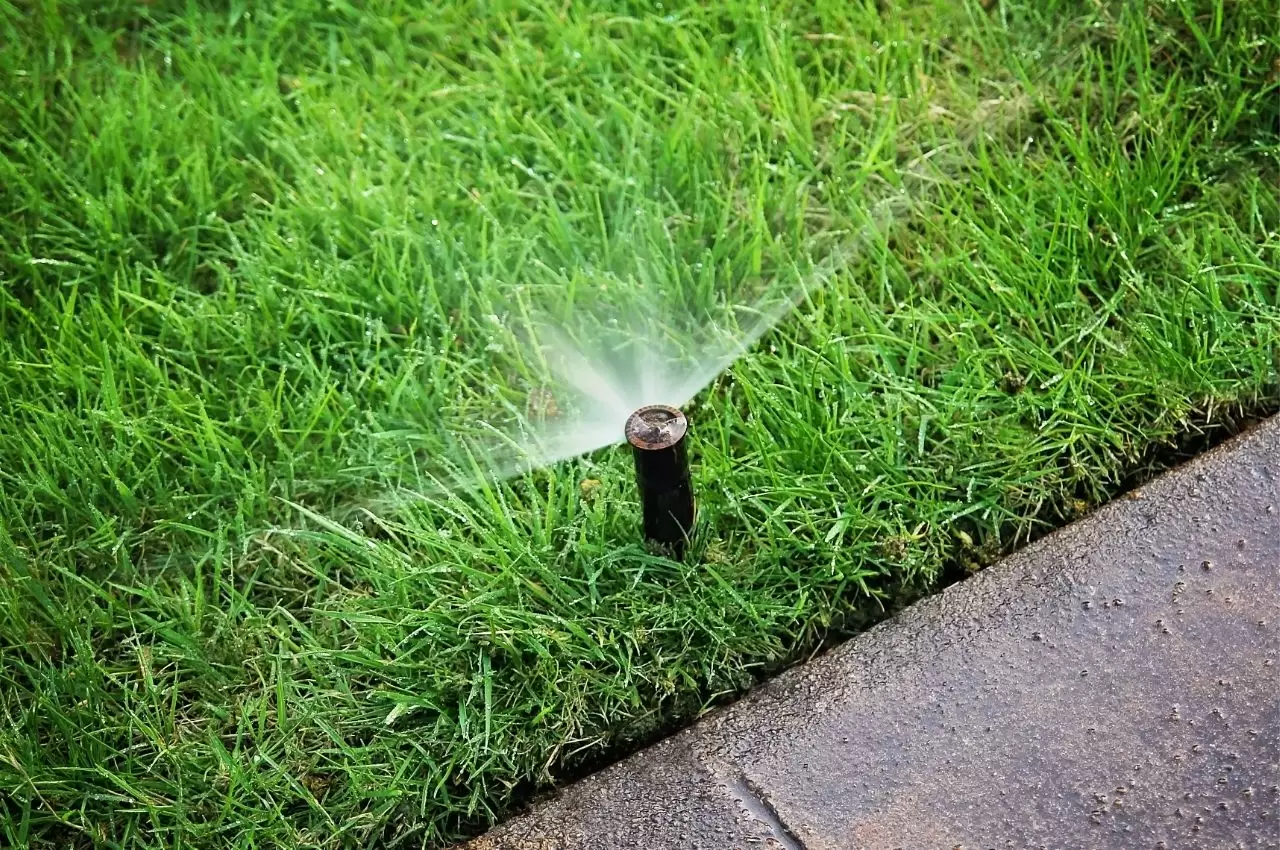
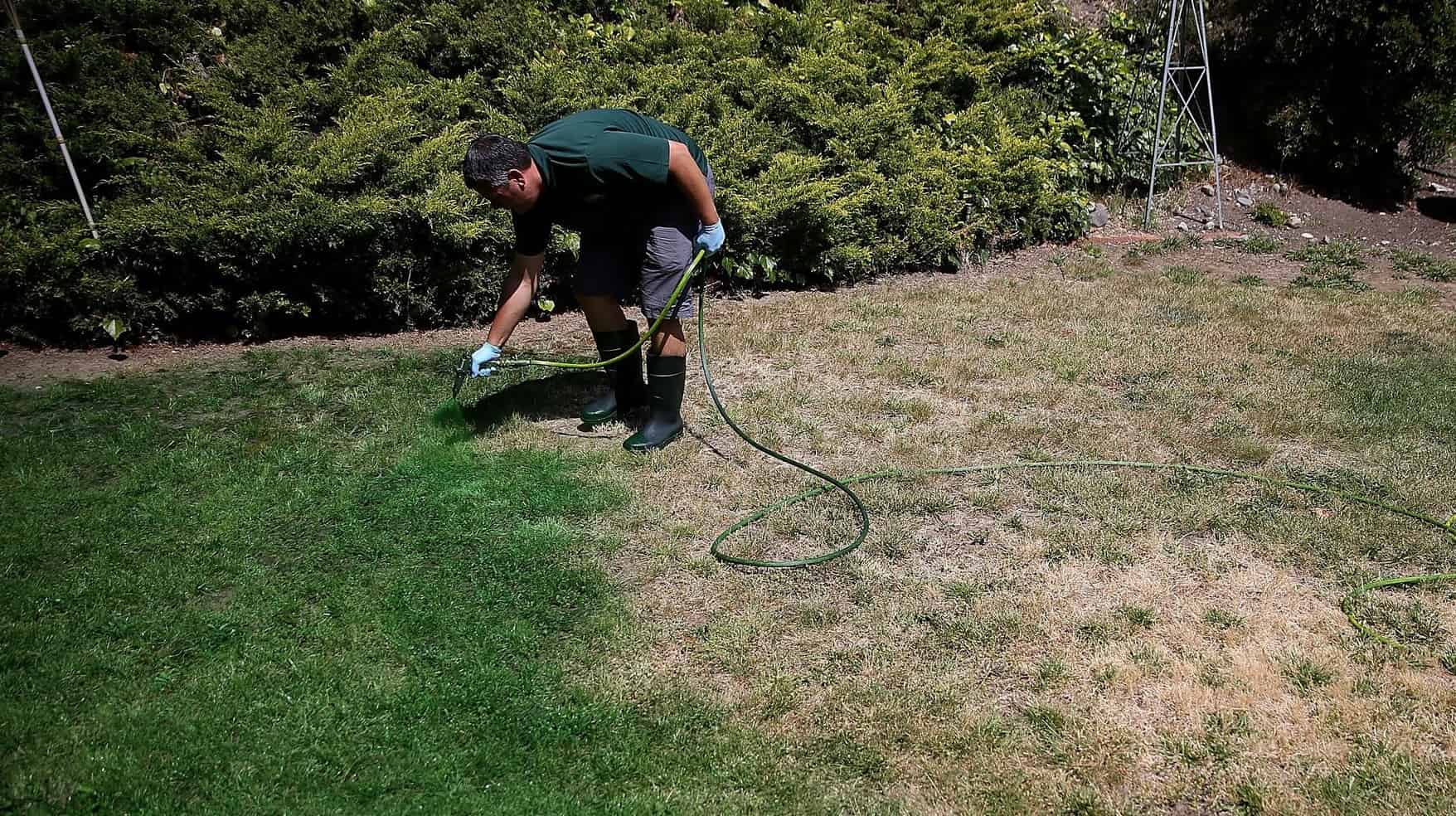
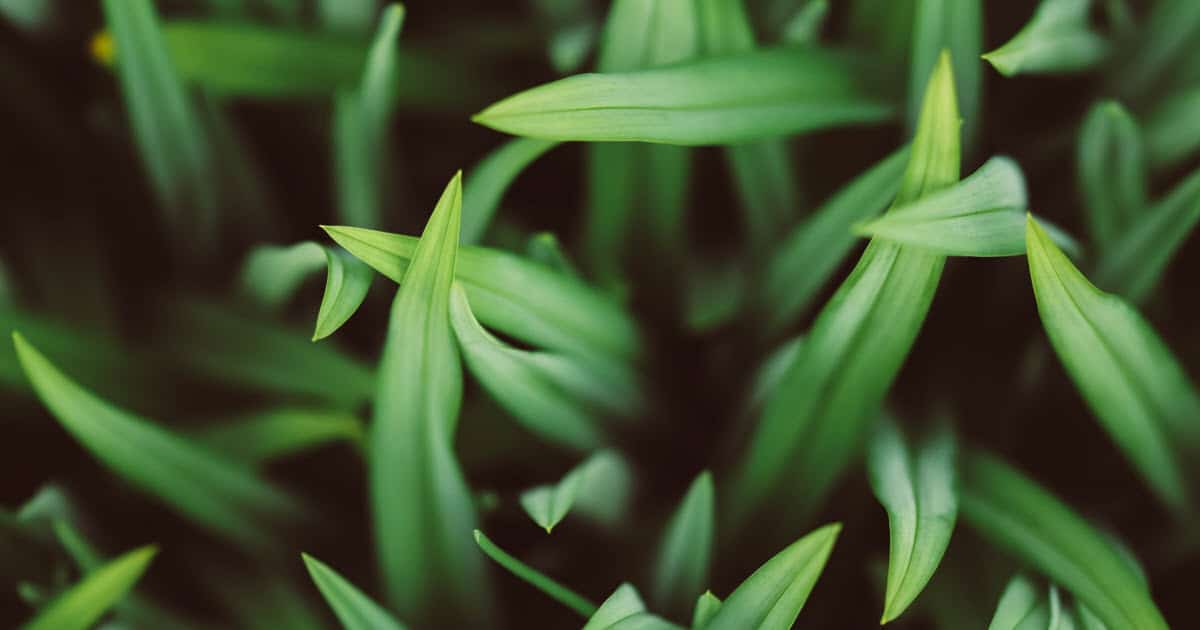

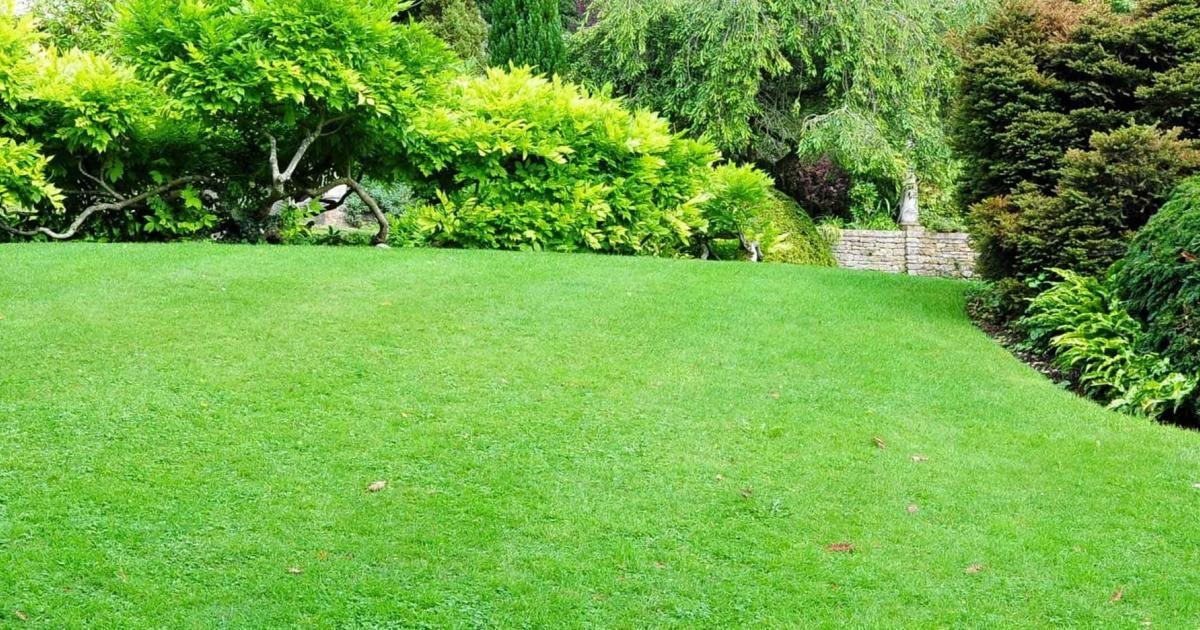
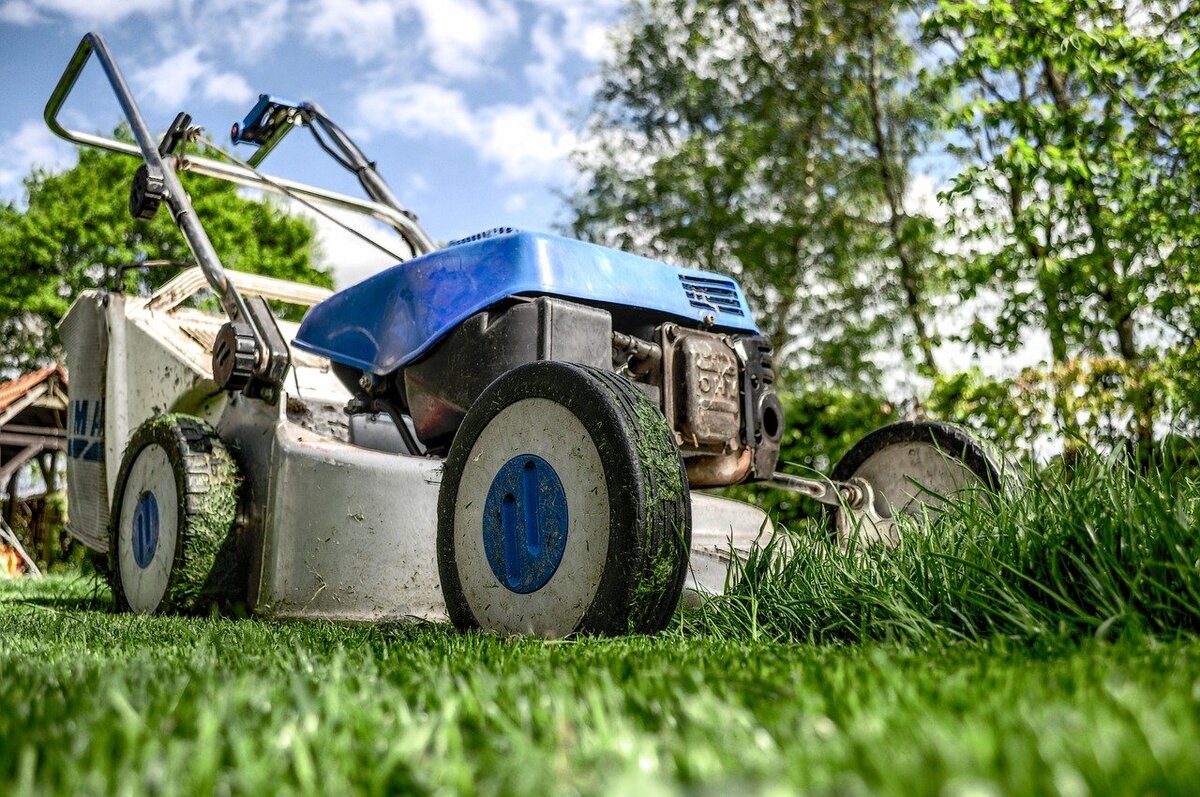
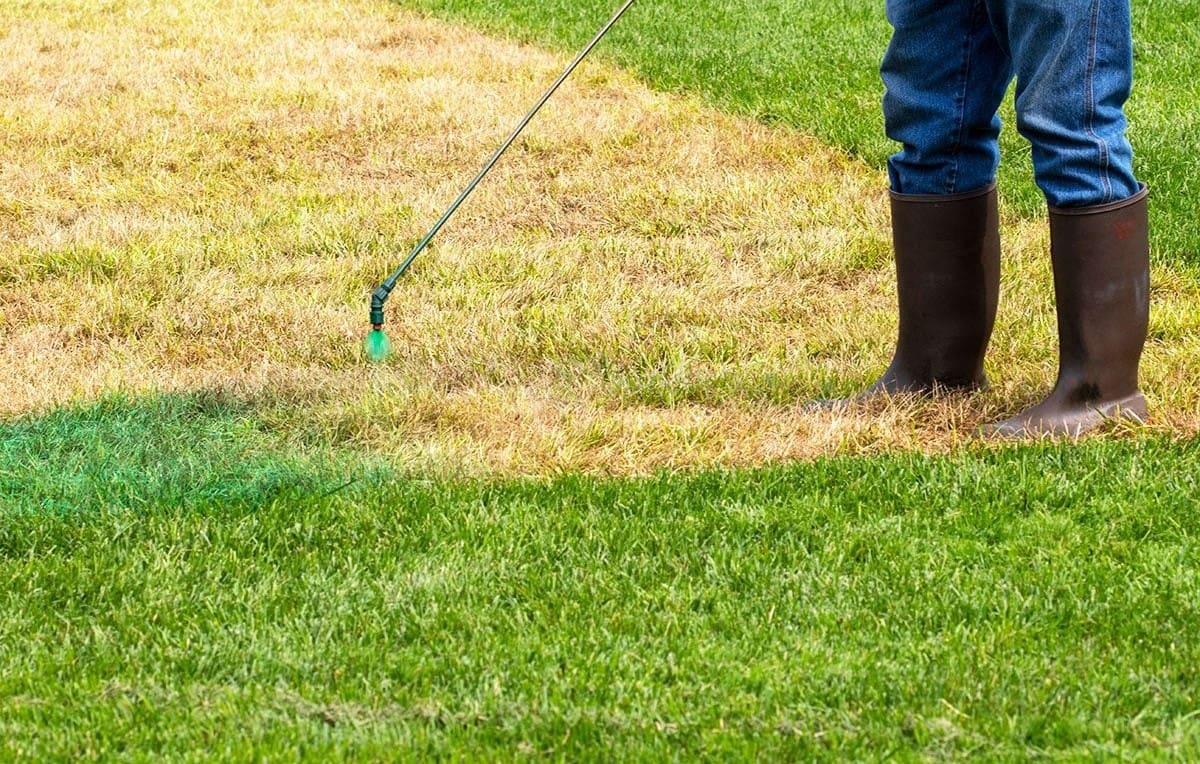
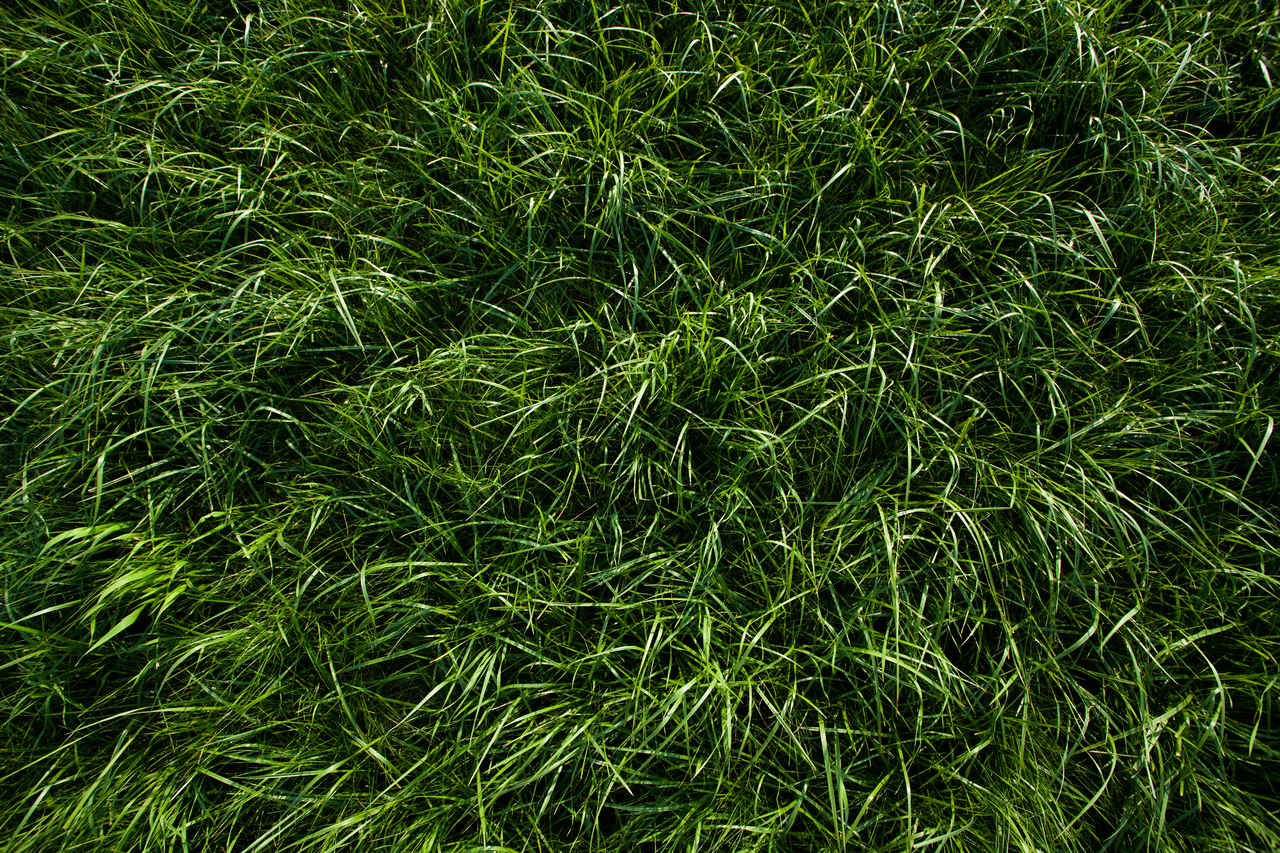
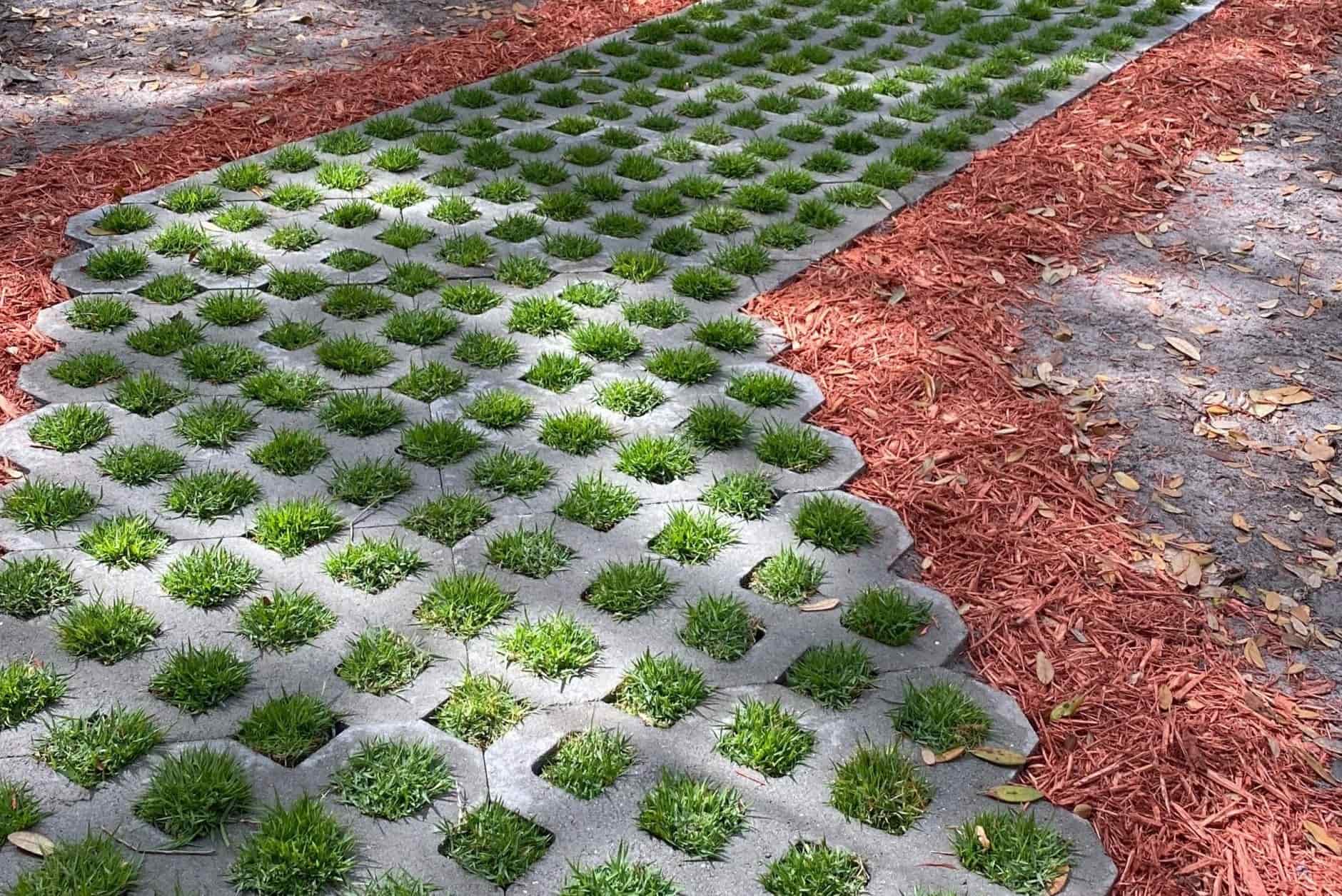


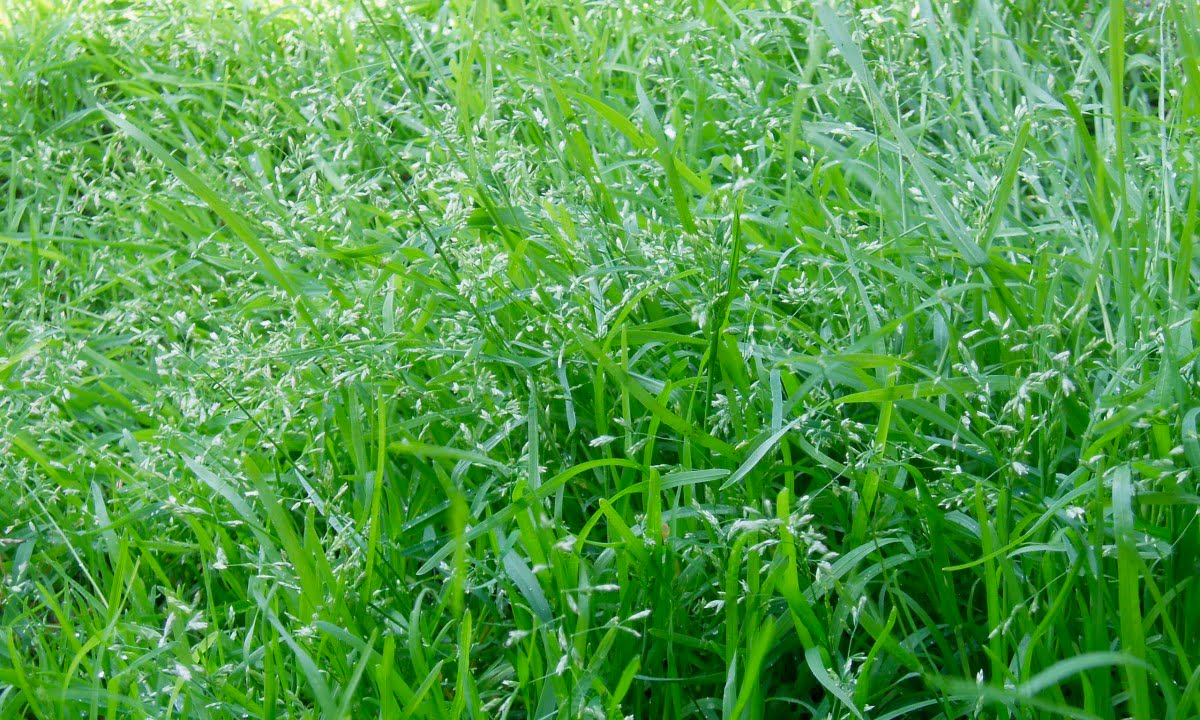
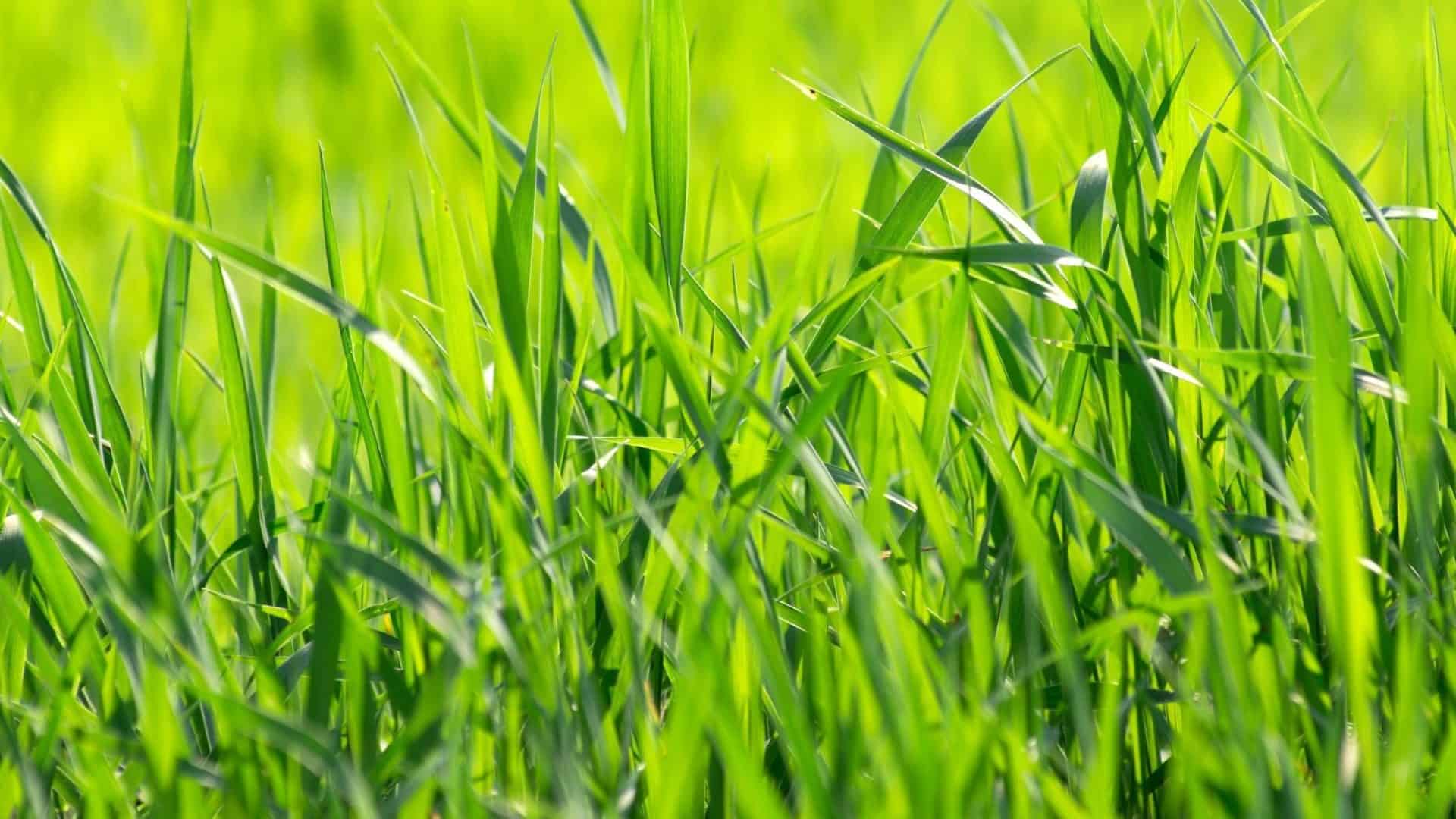

0 thoughts on “How To Make Bermuda Grass Thicker And Green”